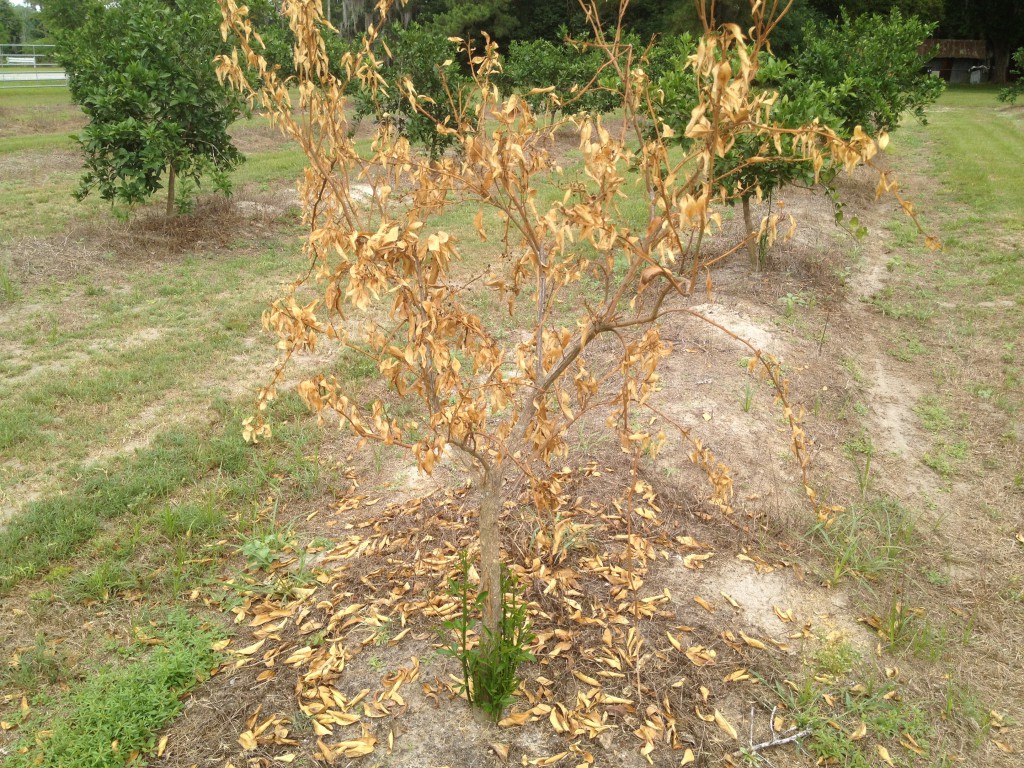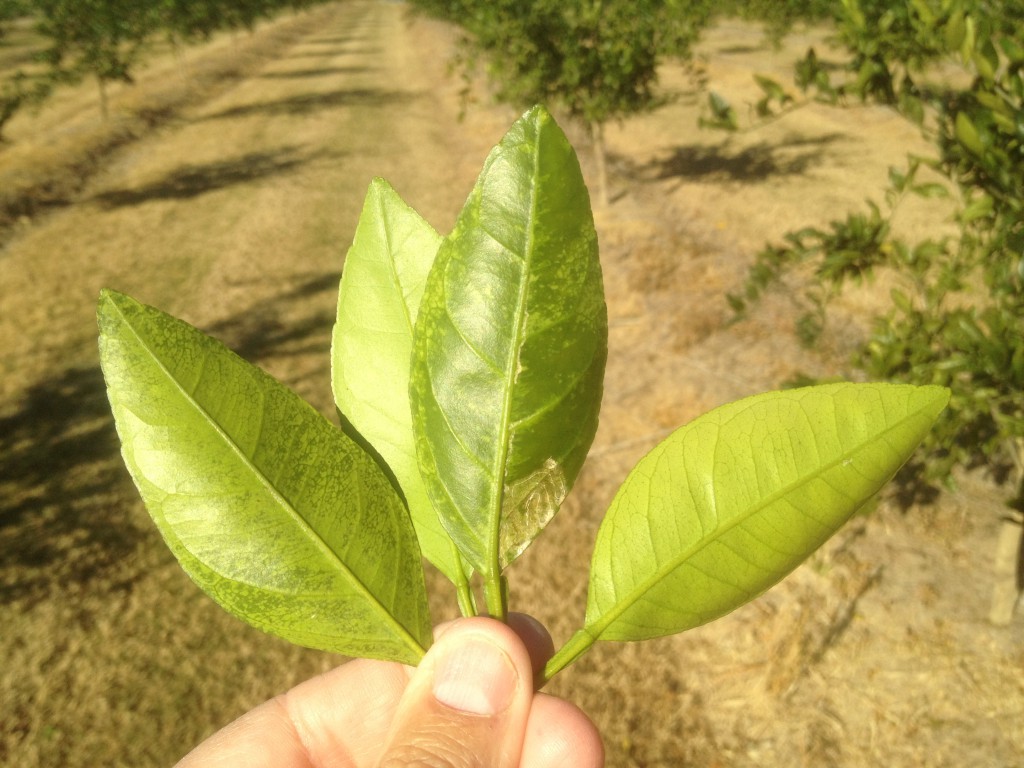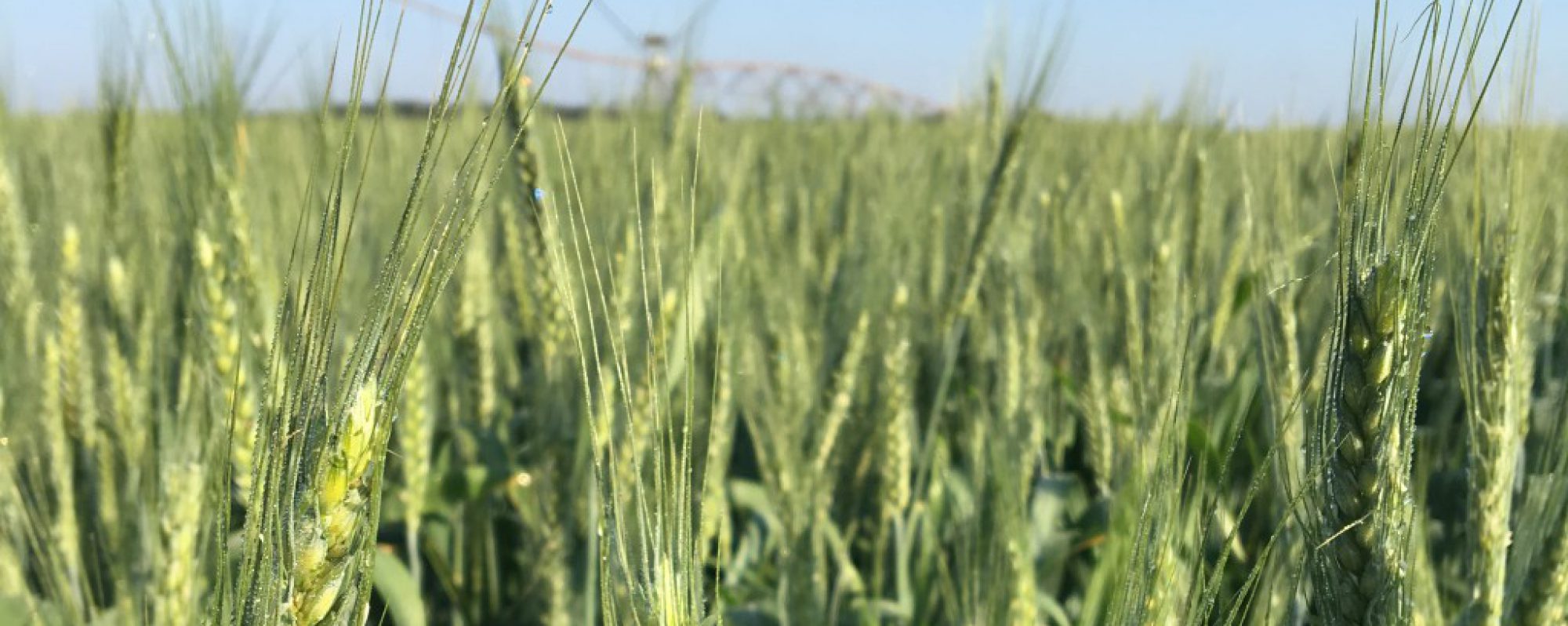The coldest we got was 19 degrees the night of Jan 2nd. It’s mostly been an issue of keeping our irrigation pipes from freezing. We’re now seeing cold injury on some plants now that it’s been a week past. I have yet to look at our oats for grain, but I’ve been told we have some cold injury there too.
Grazing Forage
It’s good to have some cold weather on our small grains. Like peaches need chill hours, small grain has vernalization which is just cold hours that it needs before it goes from a vegetative growth stage to reproductive. It’s still good for forage but some of the cold will slow down its growth. There’s a little cold damage I’m able to see right now.
Some of our rye fields are heading out, and this is due to stress… likely from a dry November – December. The cows are now grazing, but we’re a little concerned about how long it’ll hold up in the spring.
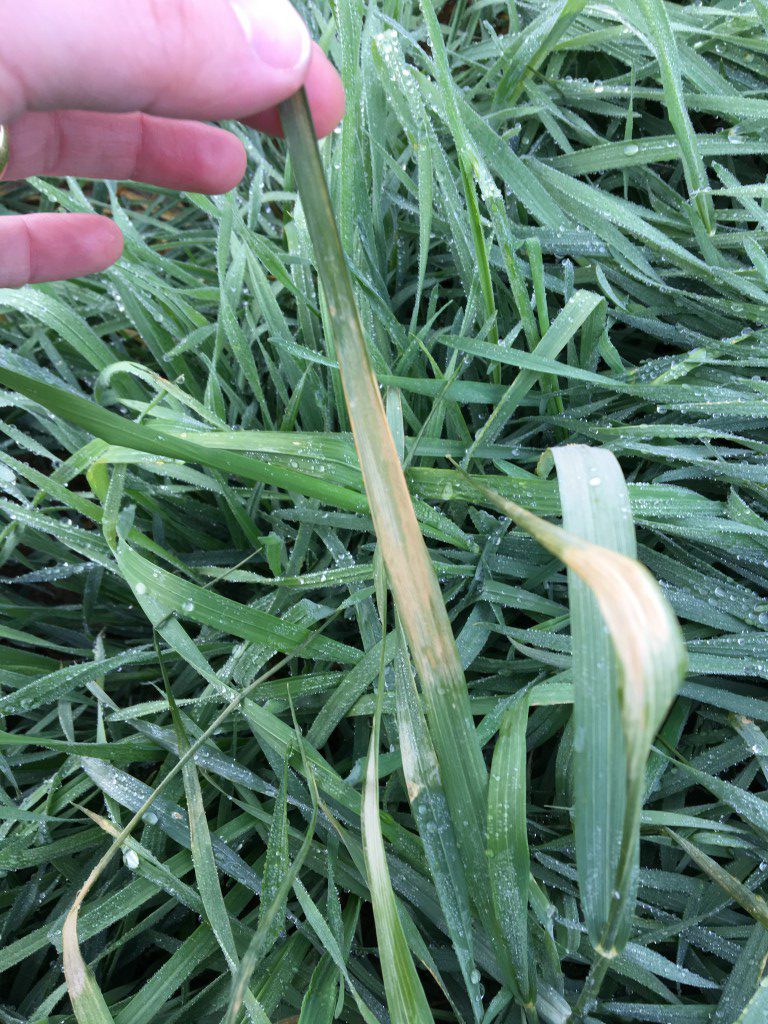
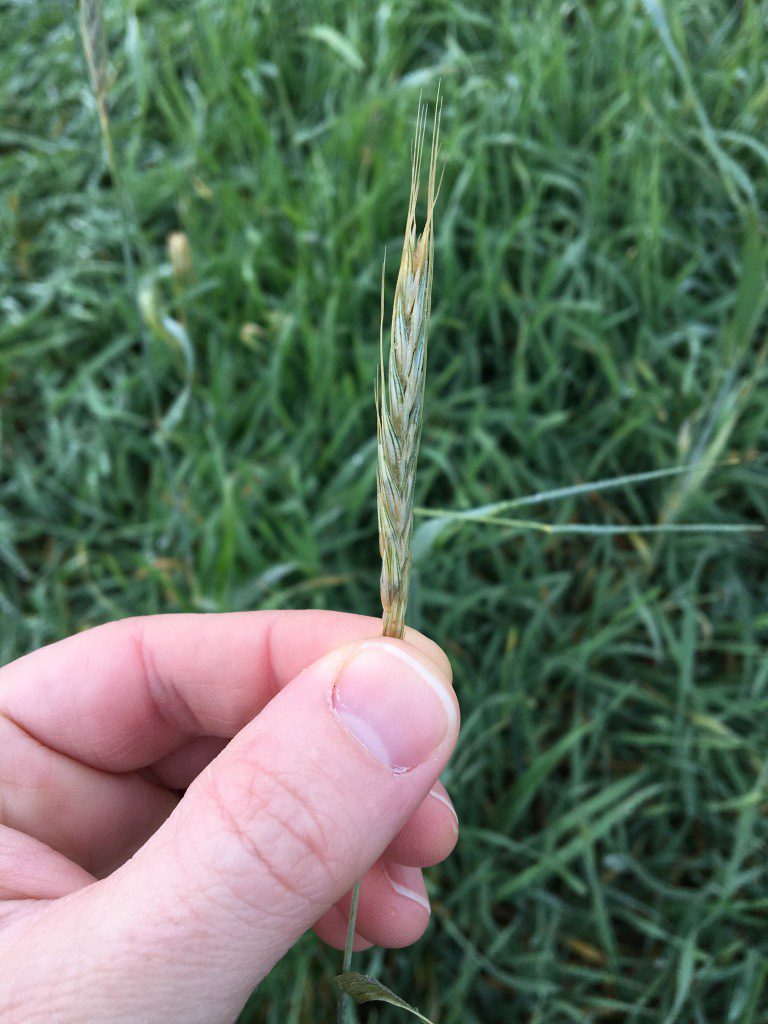
Citrus
I looked at some of Mr. Bob McGuinty’s citrus trees the day after the first cold. There are 300 acres of satsuma citrus in production in Georgia now. There’s about 42,000 trees total. Where I come from in Thomas County has the most at about 5,300. The biggest challenge for citrus north of Florida is cold protection.
Satsumas have the greatest degree of cold hardiness. Bearing satsumas can withstand temperatures as low as 19º to 20ºF without considerable wood damage. (Citrons, lemons and limes, on the contrary, are most easily killed by freezing temperatures – as low as upper 20s.)
Lowndes County Agent Andy Carter took the below photo last Tuesday as well. It snowed in Valdosta on Wednesday and it was actually the upper half of the county. The temperature that morning was about 22-23 degrees. Once temperatures get down to 24 and 25, they will cut on the irrigation as a form of cold protection. Previous cool weather allowed the plants for some cold acclimation. Cold acclimation is very important for citrus. The sudden, hard freezes hurt more, because plants are not ready for the cold. A few nights in the upper 20s is good for our citrus.
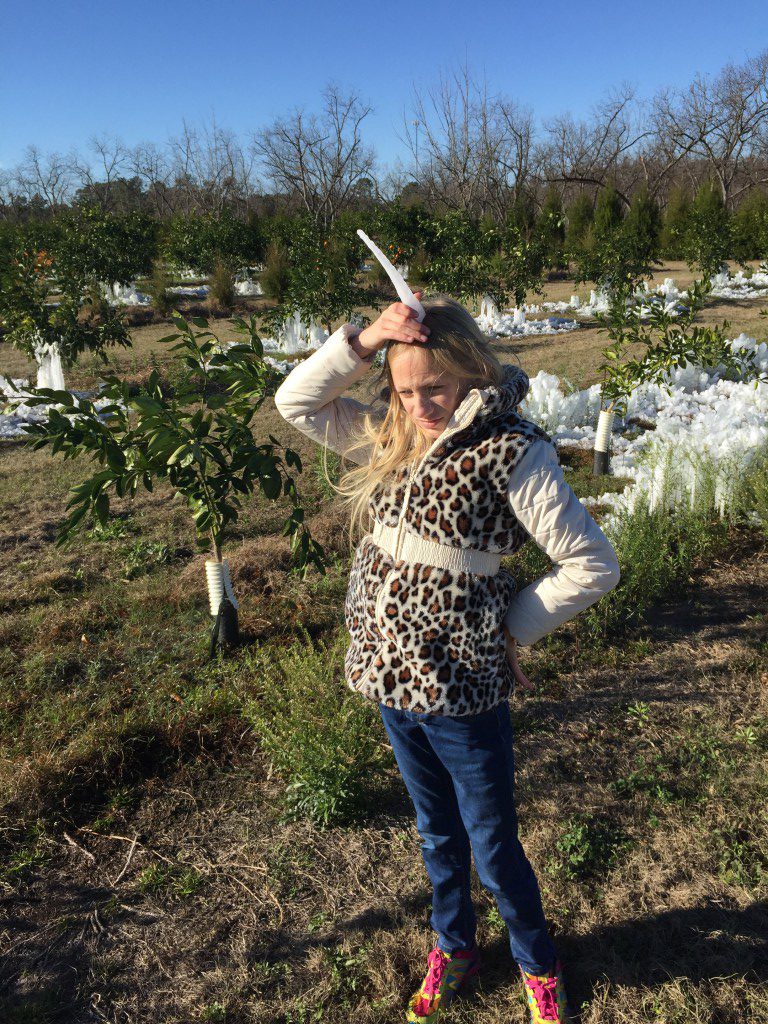
When do we assess cold damage?
Cold damage always takes some time to show up. There are a few types of cold damage we may see. Sometimes damage occurs on the leaves only. If damage is on the stem, it is worse. If the plant incurs cold damage on the leaves, it may drop those leaves. This is a good sign since the plant has to be alive to drop the leaves. If cold damage occurs and leaves do not drop, this is not good news. Here are some pictures of cold damage. The darker green is cold damage:
